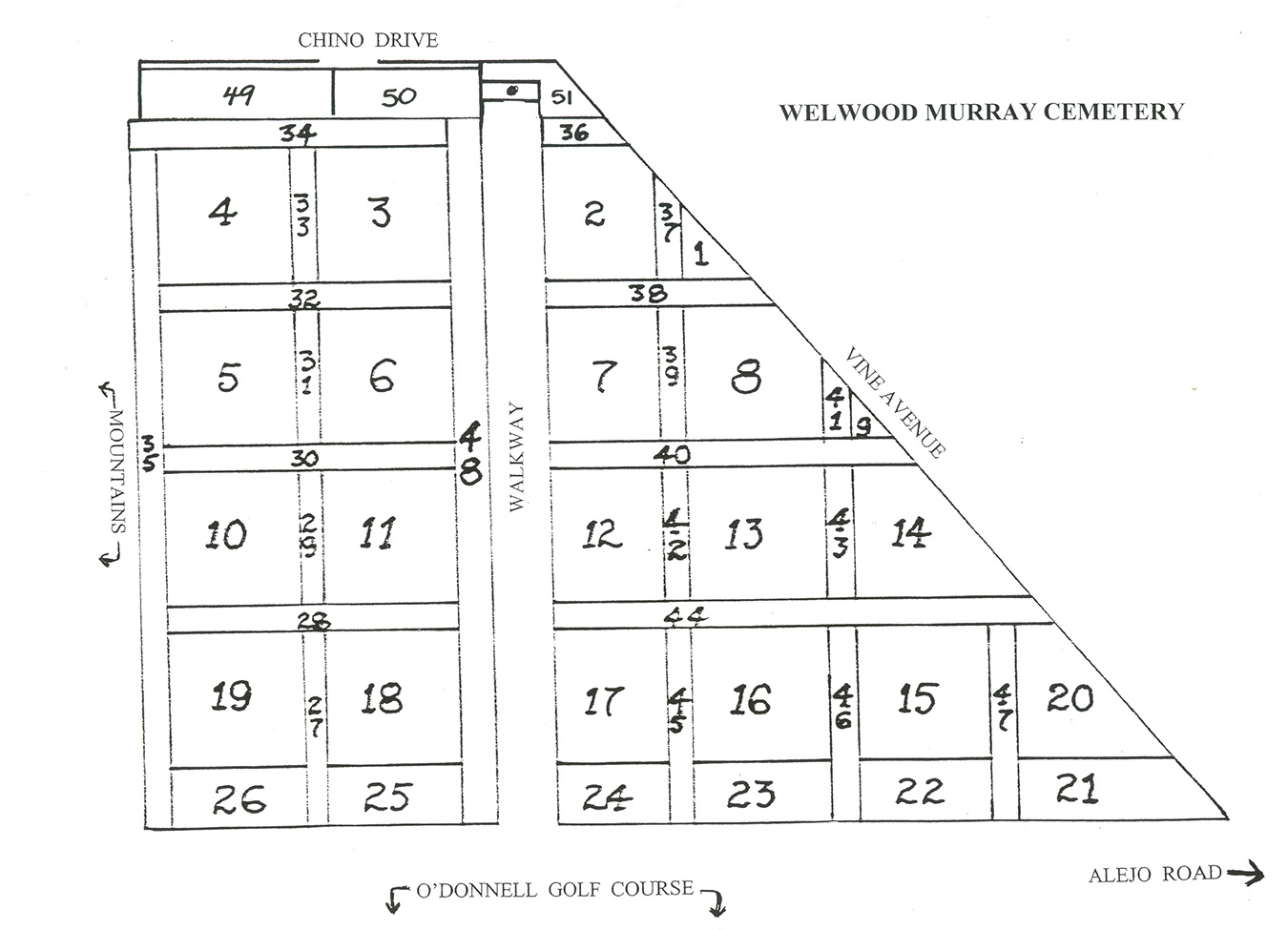Albert Frey
Birth Name:
Albert Frey
Birth Date:
October 18, 1903
Birth Place:
Zürich, Switzerland
Death Date:
November 14, 1998
Place of Death:
Palm Springs, California
Age:
95
Cause of Death:
Natural Causes
Cemetery Name:
Welwood Murray Cemetery
Claim to Fame:
Artists
Albert Frey was a Swiss-born architect who established a style of modernist architecture centered on Palm Springs, California, United States, that came to be known as "desert modernism". Some examples of his work include Raymond Loewy House, Palm Springs Aerial Tramway, Tramway Gas Station, and the Villa Hermosa.
Cemetery Information:
Final Resting Place:
Welwood Murray Cemetery
471 W. Chino Drive
Palm Springs, California, 92262
USA
North America
Map:

Map of Welwood Murray Cemetery in Palm Springs, CA
Grave Location:
Section 34Grave Location Description
The renowed architect can be found in the very northwest corner of the cemetery at the intersection of W. Chino Drive and W. Alejo Drive.
Grave Location GPS
33.830979739, -116.55307399Photos:
[+]
[+]
[+]
[+]
[+]
[+]
[+]
[+]
[+]
[+]
FAQ's
Albert Frey was born on October 18, 1903.
Albert Frey was born in Zürich, Switzerland.
Albert Frey died on November 14, 1998.
Albert Frey died in Palm Springs, California.
Albert Frey was 95.
The cause of death was Natural Causes.
Albert Frey's grave is in Welwood Murray Cemetery
Read More About Albert Frey:
- Published Obituary
- Wikipedia Entry
- How Albert Frey Changed the Face of Modern Architecture
- Albert Frey: Architect Hero Who Built Palm Springs
- Albert Frey: The Visionary Palm Springs Architect
- Palm Springs Art Museum - Albert Frey
- Modern Architects: Albert Frey (1903-1998)
- Albert Frey - 15 Iconic Projects
- Diamond in the Rough: Albert Frey’s Desert Masterpiece
- Frey House II
Videos Featuring Albert Frey:
See More:
Back to Top





